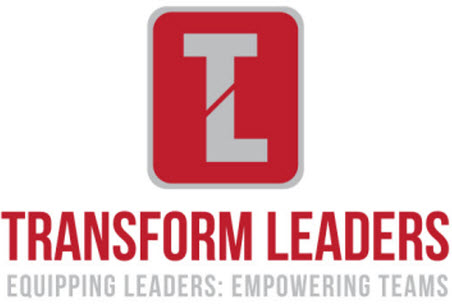All of the studies confirm that the number one trait followers are looking in leaders is honesty. Put another way, that leaders are trustworthy. Many leaders fall into the trap of thinking that leadership equals being perfect, or knowing the answers, or appearing to have it all together all of the time.
I was recently running a 10-week leadership development course for a manufacturing company a couple of months ago. Whilst talking about this concept one of the managers was aghast that they would admit that they didn’t know the answer to a problem in his section. He privately came to me and said, “Isn’t that what I am paid to do, come up with the answers?†I didn’t answer his question I simply asked him a question back. “What would happen if you didn’t come up with the answers, but asked them what they thought should or could happen?†He replied quickly, “They’d probably come up with the solution, I guess.†I then asked him, “Do you want to make them dependent on you or increase the ability of your section to be even more productive?†He started to get the idea.
It is deeply scripted in many of us, especially men; we need to have the answers. When we always have the answers it isn’t a team, it is a genius’ with many assistants. This might be good for our self-esteem, but as we discussed earlier, it isn’t supposed to be about you but about the results of the team. Redefine success as a leader from “knowing all the answers†to “developing the answers togetherâ€.
One of the quickest and best ways to build credibility and therefore trustworthiness is by admitting your weaknesses and inviting others to minimize them. Appropriate vulnerability builds trust in a leader because people don’t have to hide their own flaws. When people don’t have to hide their flaws or mistakes or faults then they don’t have manage their appearance. When leaders are not focused on how they   look’ to others’ they don’t need to engage in office politics or covering up. This flows throughout the team.
In this type of environment relationships of trust develop. You are providing a safe environment. By the way, if your team is not willing to engage in healthy conflict it is a sure sign that they don’t feel safe together. Your focus on maintaining a perception of perfection may be contributing to this.
To make sure you don’t fall into this trap:
- Be open about your weaknesses. Don’t do this at symbolic situations, but throughout your work. I remember a time when I was with a team I was leading and I admitted a weakness I had for the first time. Everyone around the room laughed. I asked what they were laughing at, they said, “we knew that was a weakness, we just didn’t know if you did, thank goodness.†It creates a whole new level of honesty and results. No longer did they have to worry that I would get offended or angry if they objected to me working in within my weaknesses. Once I admitted it they gladly said when they type of issue needed to be dealt with, “Don’t worry Craig, Mary will do that.â€
- Encourage openness. Encourage everyone in the team to be open about his or her weaknesses. Take a day or a couple of days for people to identify their strengths and weaknesses. Allow people to affirm one another and also give feedback about what they see in each other. You will be amazed at the trust and relationships that are build as you model and encourage vulnerability.
- Admit mistakes quickly. If it takes you a while to admit when you got something wrong then so will your team. Before you know it people will be playing games and hiding truth. Not a good environment for a productive team. Try this – make a list of the 5 biggest mistakes you have made in the last 2 weeks and in your next staff meeting tell your team, “I have been making some great mistakes, I want to tell you about them so we can all learn.â€Â
Questions to reflect on:
- Are you perfect – unable to ever be wrong?
- Do you fear that your direct reports want your job?
- Do you hide your weaknesses?
- Do you know EVERYTHING!
Conclusion
Like all traps, they are not always easy to see from ground level. We need to get some perspective. By asking the reflection questions we can start to ascertain which trap we are most likely to fall into and put a plan into place.
Sometimes it is really helpful to get feedback from trusted colleagues. Ask them which trap you are most likely to fall into at times.
My experience is that I need to be vigilant and proactive. In the daily pressure and pace it is easy to lose sight of the traps of team leadership.
